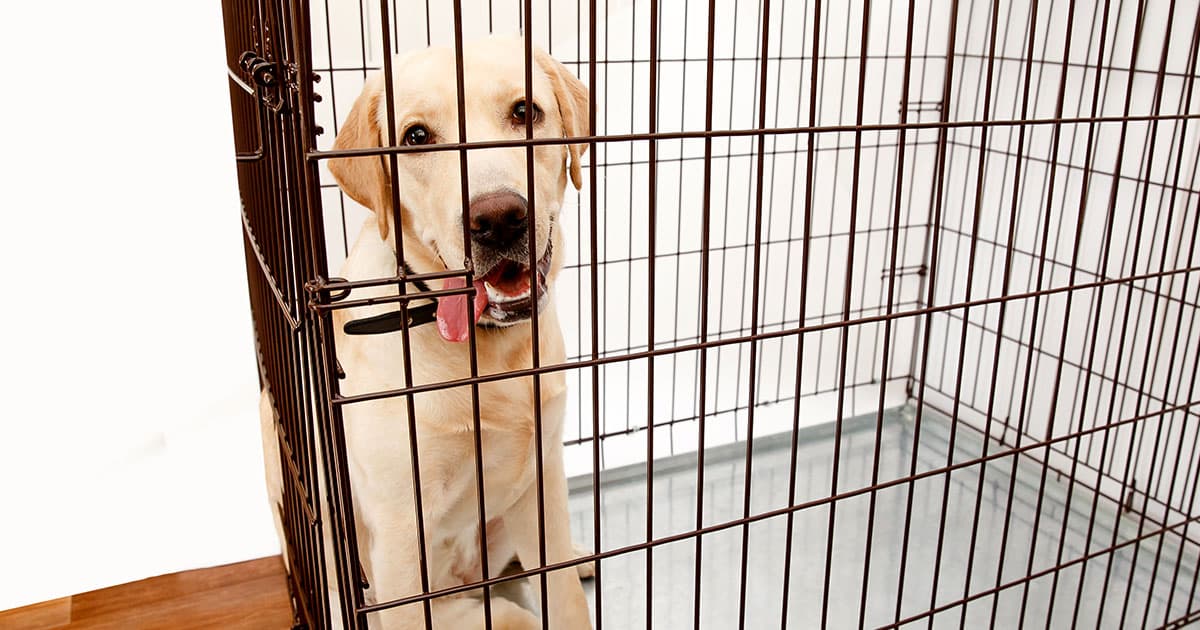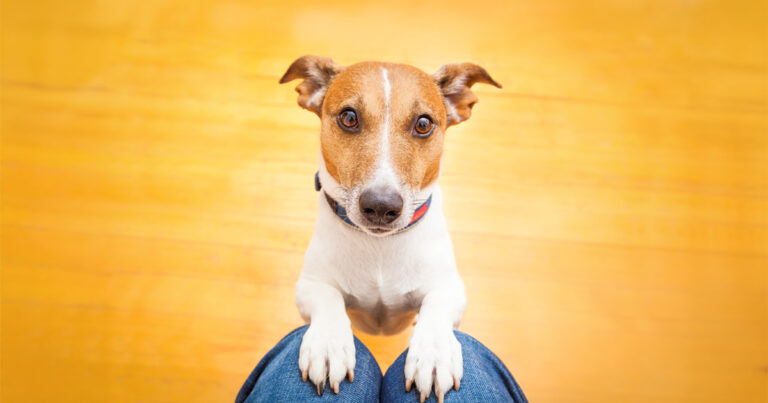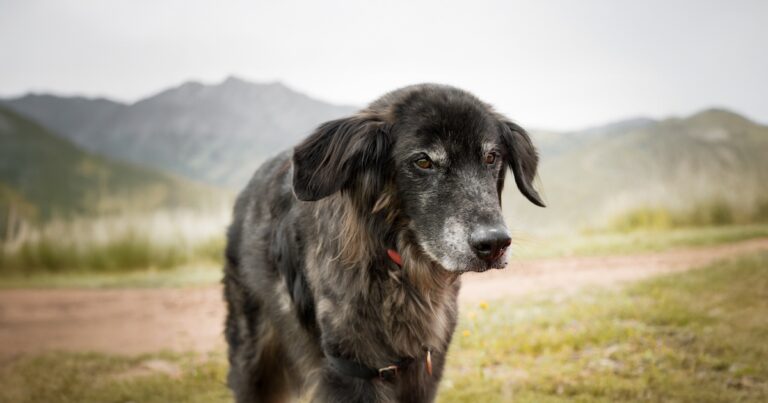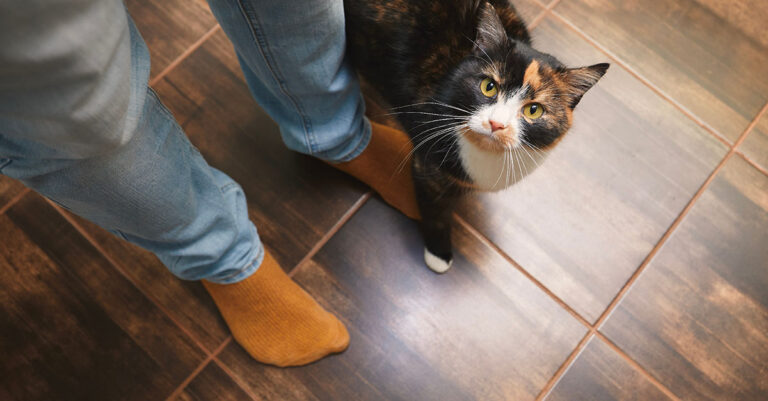By Samantha Randall — YouTuber, podcaster and editor-in-chief at Top Dog Tips.
“Rescue Me” is a recurring column by Samantha Randall, editor-in-chief at Top Dog Tips. She’ll provide personal anecdotes and perspective about her life as a pet lover with a passion for cat and dog rescue. Today, she talks about how to crate train a rescue pup.
Adopting a rescue can be a bigger challenge with more responsibility than a typical puppy adoption. Often, rescue dogs suffered trauma in the past that can make things difficult for a new pet owner, particularly when crate training. However, I’ve personally crate trained a few rescues, and I can assure you that it’s not impossible.
Here are a few tips to help you with crate training a rescue dog.
Choose the Right Crate
Before you even start with crate training, make sure that the crate is right for your dog. The size of the crate should be a perfect fit for your pet, so measure the pooch first. You want to leave enough room for your dog to stand up and turn around in his or her crate. If your dog is still young and growing, get a crate that is big enough for the adult version.
Introduce the Crate
Letting your dog get familiar with the crate is crucial. Place the crate in the living room or another room where you spend a lot of time. Leave the door open so your dog can come in and explore at his or her own pace. Some dogs will start sleeping in the crate right away, but many dogs need extra time to get used to it.
If Rufus doesn’t start exploring the crate on his own, bring him over to the crate and talk to him softly, in a calm voice. Make sure that the crate door is open and secured, so it doesn’t hit your dog accidentally.
Make It Comfortable
Put some bedding in the crate, like a towel or a blanket, or choose a nice bed for your pooch if you can afford it. If Rufus feels comfortable inside, he will be more inclined to spend time in his new space. Here are some dog crates that are designed to be more comfortable for pets and include extra padding.
Use Treats and Toys
If your dog is still reluctant to enter his or her crate, use treats to get them to go in. Start by placing the treats close to the crate, then put them inside at the entrance and then all the way in. Let Rufus go all the way to the back of the crate at his own pace; don’t try to force him if he refuses the first time.
Some dogs are not that interested in treats. You can use his or her favorite toy in that case. The important thing is to remain patient until your dog is comfortable enough to go in the crate on his or her own.
Feed Your Dog in the Crate
Once your rescue dog becomes accustomed to spending some time in the crate, it is time to move on to the next phase and feed meals in the crate. That will help create a positive association with the crate.
Put the food where Rufus is ready to enter on his own. If he is still not comfortable going all the way to the back at this stage, put the food bowl closer to the door so he doesn’t feel anxious or forced to go all the way. Move the dish gradually toward the back with each meal.
When you see that your dog is eating comfortably in the crate, it is time to close the door behind them. Open it as soon as meal time is over the first time, and then leave the door closed a little longer with each meal. The goal is to get Rufus to stay in the crate for about 10 minutes with the door closed after a meal. If he starts to whine in the crate, don’t let him out until he stops, or he will do it every time after that.
Increase Crating Time
Once your dog gets used to eating his or her meals in the crate, you can start confining them for short time periods while you are at home. Call them to the crate and give a command (“crate” or “kennel”). Point to the crate to encourage Rufus to get inside and give him a treat when he does. Then, close the door.
Sit next to the crate for 10 minutes and then go to another room for 5–10 minutes. When you come back, sit quietly beside the crate for a while and then let your pooch out of the crate. Do this a few times every day and gradually increase the time your dog spends in the crate, both with you sitting there and alone.
Crate Your Dog When You Go Out
When crate training a dog, time and consistency are key. After your dog is comfortable in the crate for more than 30 minutes, you can start to crate the pooch when you leave home. Leave some toys, water and food in the crate. Don’t crate your dog for too long before you leave; do it 5 to 10 minutes before you are ready to go.
Keep your departures and arrivals low-key so you don’t get your dog too emotional or anxious. Keep crating your dog for short time periods when you are home so he or she doesn’t associate crating with being alone.
Crate Your Dog at Night
Put the crate in your bedroom or close to it when you start crating your dog at night, at least for a while. Rescue dogs are particularly vulnerable to feelings of isolation and fear, which they can experience if you put the crate too far away from you. After your dog gets used to sleeping comfortably in the crate close to you, start moving it gradually to the preferred location.
How to Deal with Behavioral Problems
Whining, separation anxiety and chewing on the bars are some of the behavioral issues you may encounter.
If your dog whines during the night, it can be either due to the need to go to the bathroom or that he simply wants to get out of the crate. Ignore him at first to gauge his intention. If he stops whining after a few minutes, he was just testing you.
If he doesn’t, use the command you normally use to see if he needs to go to the bathroom. Some dogs will respond positively just to get out of the crate. If the whining continues when you get back, you need to ignore it. Don’t give in and your dog will eventually stop. However, if the whining and crying become unbearable, you should start the crate training again from the beginning.
If Rufus suffers from separation anxiety, crating him to prevent destruction is not the way to deal with it. In fact, your dog can injure himself trying to escape. The only way to solve this problem is with a behavioral therapy like counterconditioning, which is best done by professional animal behavior specialists.
Chewing on Bars
If you notice that Rufus is chewing on crate bars, give him a verbal command, like “No,” to try to get him to stop. Repeat this a few times until you are sure that your dog understood you. If this doesn’t work, give him a chewing toy or a bone. You can also spray a bitter apple spray on the bars. This won’t hurt your dog but it will leave him with an unpleasant taste in the mouth and deter him from chewing on bars.
Crate training any dog is far from easy; it takes time and patience. But even the most crate-shy rescue can be made comfortable in their home-within-the-home if you have enough determination, compassion and perseverance.
RELATED POSTS: Explore more adoption-related blogs
Craving more content?
- If you’ve recently adopted a puppy, sign up for our Puppy Love newsletter for tips and info about the first 15 months of your dog’s life.
- Wondering what to feed your new rescue? Explore our full range of dog food formulas here.







